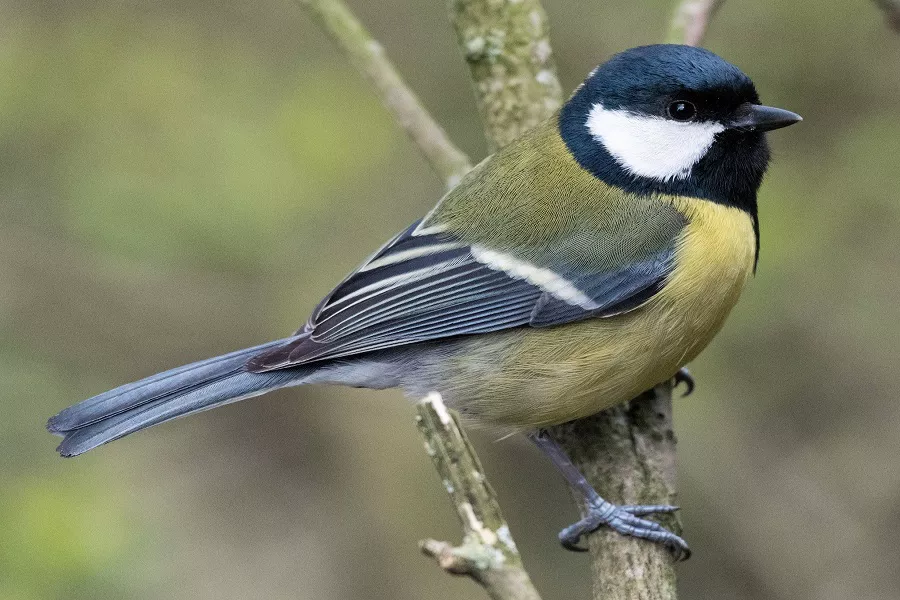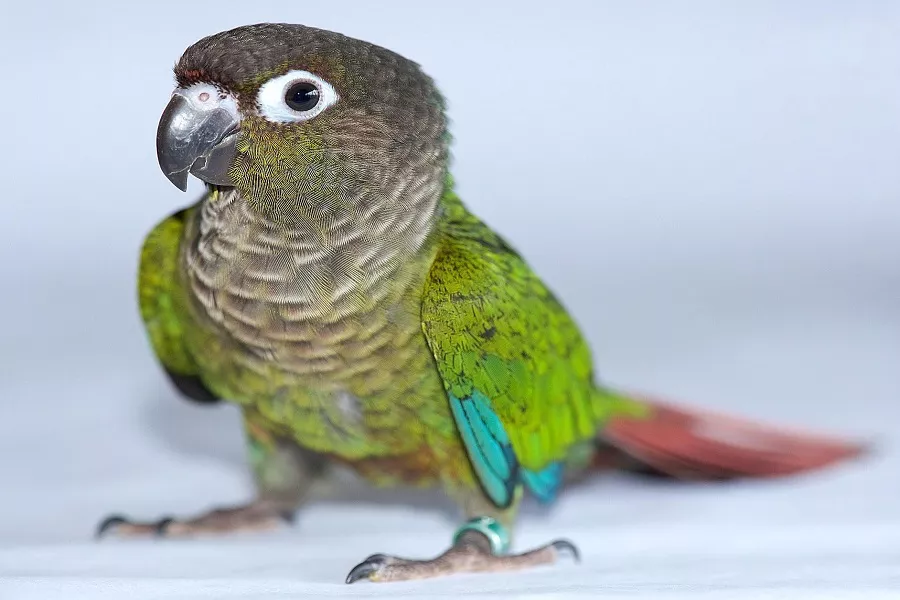What is golden hamster?
The golden hamster (Mesocricetus auratus) is also known as the Syrian hamster. Taxonomically, it is a medium-sized hamster of the genus Middle hamster. Like many hamsters, golden hamsters have a blunt snout, relatively small eyes, large ears and a short tail of about 1.5 cm. The coat is golden, darker in the center of the back, with black stripes visible below the ears, some may have a black patch on the forehead, and a black stripe on each side of the face extending from the cheek pouch to the neck.
What does a golden hamster look like?
The golden hamster is a medium-sized hamster, with an adult weight ranging from 100 to 125 g. Body length (from nose to tail root) 120-165mm, tail length 13-15mm, hind foot length 19mm, ear length 21-22mm, they are significantly smaller than the original hamster (Cricetus cricetus) in Eastern Europe and West Asia, more than China and Mongolia Robo Rofsky desert hamster large. Like many hamsters, golden hamsters have a blunt snout, relatively small eyes, large ears and a short (1.5 cm) tail.
The hair is bright reddish-brown on top, some golden-yellow, darker in the center of the back, black stripes under the ears, some may have a black patch on the forehead, and a black stripe on each side of the face extending from the cheek pouch to the neck . The hair on the outside of the chest is black, with a thin white stripe in the center of the chest, and the belly is creamy or gray or white.
golden hamster living habits
The golden hamster is a solitary, nocturnal and omnivorous rodent that feeds on seeds, nuts, and insects, including ants (formicidae), flies (order Diptera), cockroaches (order Periplaneta), and wasps (membrane). Pterans). The burrows it inhabits are nine meters long, and hibernation may occur between November and February. As a food source for many different carnivores, the golden hamster avoids predation by seeking shelter in the burrows and remaining vigilant.
Communicate primarily through odor markers, but they also use various auditory signals. They produce squeaks in several situations, usually with sudden body movements. Plus, chattering, chattering behavior is a sign of aggression. Young hamsters are able to produce ultrasonic squeaks, which may be important in the maternity care of pups. Their rapid reproduction rate means that golden hamster populations can withstand relatively high predation rates.
Hamsters also rely on visual signals to communicate with their conspecifics. In an interaction between dominant and submissive individuals, the submissive individual will arch its back and lift its tail. The dominant individual will then assert dominance with subordinates as support.
golden hamster rearing
When using a wire cage. The hamster grabs the wire and climbs up, and there is a danger of falling, so it is best that the cage should not be too high, and the wire at the bottom of the cage should be removed before use. Cover the bottom of the cage with wheat straw, hay, sawdust or thin newspaper strips. The feeding bowl can be made of earthenware, preferably heavier. Provide some twigs for gnawing to prevent the teeth from growing too long. Nest boxes can be made of wood or paper, etc. In addition to the one that comes with the cage, a bird’s nest box can also be used. The nest box is covered with hay, sawdust, newspaper, rags, etc. The sink won’t scratch your feet, but it tends to trap moisture, so take care to keep it dry. In addition, the water tank is deep enough to put a lot of wheat straw, hay and other cage bottom materials that can allow hamsters to sneak in, put soil, and then spread hay on top. Create a very natural environment where hamsters can dig burrows for their nests; water dispensers are available for drinking. Install it at an easy drinking height and add water to a utensil-shaped pitcher. You can let your hamster play in the water in summer, but don’t get the cage too wet. Hamsters have the habit of drowning in a fixed place. They put a bedpan in the place where they often drown, and put urine or feces in it to make the bedpan smell bad, and it will use it as a toilet. Don’t force it if you don’t use the toilet, just take care to clean the cage frequently.


























